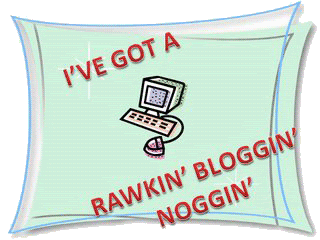What Is Letterboxing?
 Letterboxing is a game that started in Europe in the 1850s. The earliest known USA Letterboxes date back to the 1980s/1990s.
Letterboxing is a game that started in Europe in the 1850s. The earliest known USA Letterboxes date back to the 1980s/1990s.
How Does Letterboxing Work?
Letterboxing is similar to Geocaching. All over the world, people hide small containers (called Letterboxes) which contain a log book and a rubber stamp. But unlike Geocaching, which uses GPS coordinates to find a cache, with Letterboxing people follow cryptic clues to find the Letterbox. These clues often involve riddles, puzzles, descriptions of landmarks, and instructions to walk a certain number of paces in a given direction. Another difference between Letterboxing and Geocaching is that with Geocaching, people swap items, but with Letterboxing, people swap stamp impressions.
What Equipment Do I Need To Letterbox?
The first thing you'll need is a rubber stamp which will serve as your "signature stamp." Your stamp should be a picture of something that you feel represents you. It can be anything: An animal, a symbol, a fancy design... Purists carve their own stamps or commission them from companies so that each person's stamp is unique, but you can use one from a store if you'd like.
In addition to your personal stamp, you'll also need a set of clues, an ink pad, a pen, a blank book or pad to collect stamp impressions from your various finds, and sometimes you may need a compass.
What Do You Do Once You Find A Letterbox?
As with Geocaching, discretion is key. You must make sure that nobody sees you retrieving or replacing the Letterbox. When you find a Letterbox (and remember that Letterboxes only contain a stamp and a small pad or book, so the containers may be quite small.) have a seat with it somewhere nearby so as not to draw attention to its exact location.
Use the stamp from the Letterbox to stamp your personal book and use your pen to make a small notation in your book about that particular stamp (like the date, location, and any other notes you might want to jot down etc.) Next, use your own stamp to stamp the Letterbox's log book and write a small note identifying yourself and the date of your find. Then take a moment to look back through the log book and see the stamps from all the other eccentrics very nice people who've come before you.
When you're done, put the Letterbox (with its original stamp and log book) back where you found it. Remember, with Letterboxing you do not swap items. The only thing you're trading is stamp impressions. The Letterbox should be put back with its original stamp and book, and you should be leaving with the stamp and book you brought with you.
Are There Geocaches That Are Also Letterboxes?
Yes! Some Geocaches are also Letterboxes. If a Geocache is also a Letterbox, it will say so in the description so you know to bring along your stamp, ink pad, and book. For Geocache/Letterbox hybrids the rules for trading stamp impressions are the same, but the clues to find it will include GPS coordinates.
Where Can Clues To Letterboxes Be Found?
Traditionally, clues to Letterboxes were passed amongst other Letterboxers in a kind of "secret society" manner. Nowadays there are publications listing the various locations of Letterboxes in Europe, and of course there's now also the Internet.
Unlike Geocaching, there is no worldwide Letterboxing website, but a good place to start is Letterboxing North America. Their site is pretty comprehensive and can give you a good overview of Letterboxing. If you don't live in North America, read their site anyway (and be sure to check their Map Page for some International listings.) When you're finished try Google for additional Letterbox locations.







0 Comments:
Post a Comment